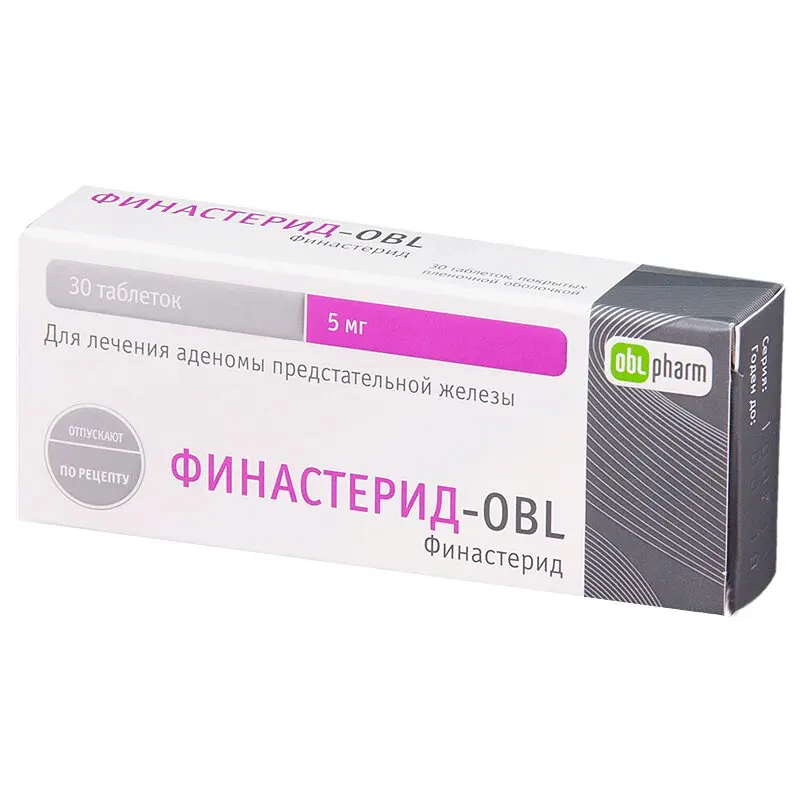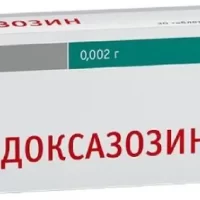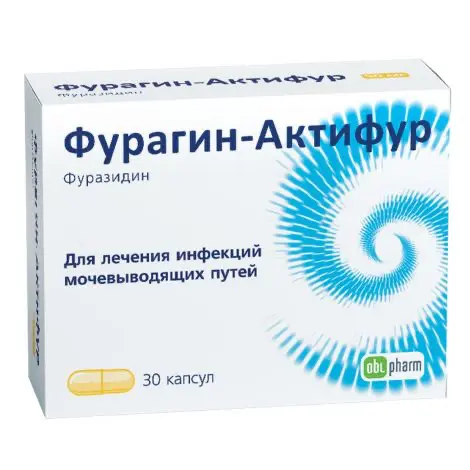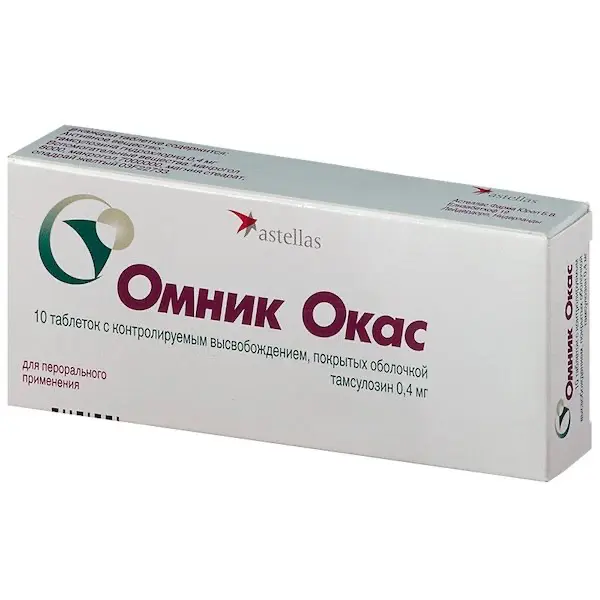Description
Finasteride 5 mg Pharmacodynamics
Finasteride, a synthetic 4-azosteroid, is a specific inhibitor of 5-alpha reductase type II, an intracellular enzyme that converts testosterone to the more active androgen, dihydrotestosterone (DHT). In benign prostatic hyperplasia (BPH), its increase depends on the conversion of testosterone to DHT in the prostate gland. Finasteride is highly effective in reducing the concentration of DHT both in blood and in prostate tissue.
Suppression of DHT formation is accompanied by decrease in size of prostate gland, increase of maximum urine flow rate and decrease of severity of symptoms related to prostatic hyperplasia.
Finasteride 5 mg has no affinity to androgen receptors. The drug has no significant effect on the lipid profile (i.e., total cholesterol, low-density lipoproteins (LDL), high-density lipoproteins (HDL) and triglycerides) and bone mineral density. Finasteride has no effect on plasma levels of cortisol, estradiol, prolactin, thyrotropic hormone and thyroxine compared to placebo.
A single administration of finasteride at a dose of 5 mg leads to a rapid decrease in plasma concentrations of DHT with a maximum effect after 8 hours. Although plasma concentrations of finasteride fluctuate over 24 hours, DHT concentrations remain constant. This means that plasma concentrations of finasteride are not directly related to plasma concentrations of DHT.
In patients with BPH who took finasteride at a dose of 5 mg daily for 4 years, there was an approximately 70% reduction in plasma DHT concentrations, which was associated with a reduction in prostate volume of approximately 20%. In addition, prostate-specific antigen (PSA) concentrations were reduced by approximately 50% from baseline, suggesting a reduction in prostate epithelial cell growth. The decrease in DHT concentration and the reduction in the severity of prostatic hyperplasia, accompanied by a decrease in PSA concentration, persisted in the studies for up to 4 years. In these studies, plasma testosterone levels increased by approximately 10-20%, remaining within the physiological limits.
When finasteride was used for 7 to 10 days in patients referred for prostatectomy, there was an approximately 80% decrease in DHT concentration in prostate tissue and a 10-fold increase in testosterone concentration in prostate tissue compared to the concentration before treatment began.
It has been established that long-term (over 4 years) use of finasteride in patients with BPH and moderately or significantly manifested symptoms of the disease reduced the risk of urologic complications (surgical interventions: transurethral resection of the prostate or prostatectomy; acute urinary retention requiring catheterization) by 51% and was accompanied by a marked and persistent reduction of prostate volume and a persistent increase in maximum urine flow rate and improvement in symptomology.
In patients taking finasteride for 3 months while achieving a reduction in prostate volume of approximately 20%, the volume of the prostate returns to its previous size after 3 months if treatment is discontinued.
Thus, treatment with finasteride helps to reduce the size of the enlarged prostate, increases the rate of urine flow, and reduces the symptoms associated with BPH.
- Finasteride 5 mg is administered orally, regardless of meals.
- Recommended dose is 1 tablet of 5 mg once a day.
- Finasteride-Teva can be used as monotherapy or in combination with alpha-adrenoblocker doxazosin.
- Renal failure
- Dosage adjustment is not required in patients with various stages of renal failure (when CK decreases to 9 ml/min), because special studies have not demonstrated any changes in pharmacokinetic profile of finasteride.
- Elderly patients.
- No dose adjustment is required, although pharmacokinetic studies indicate that excretion of finasteride is slightly reduced in patients over 70 years of age.





